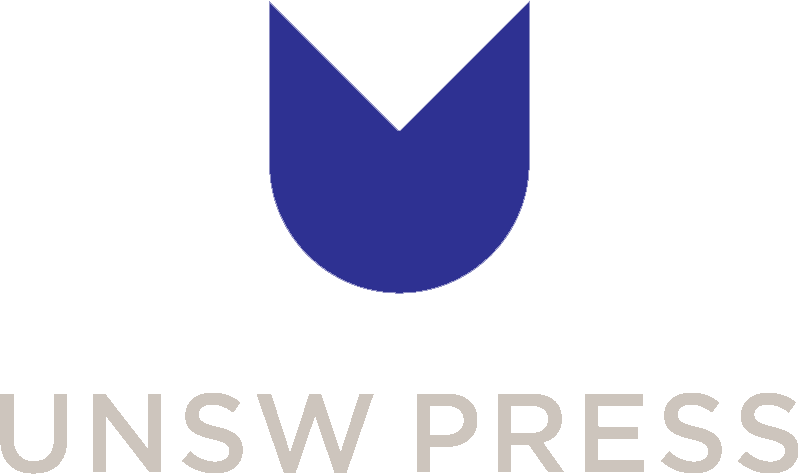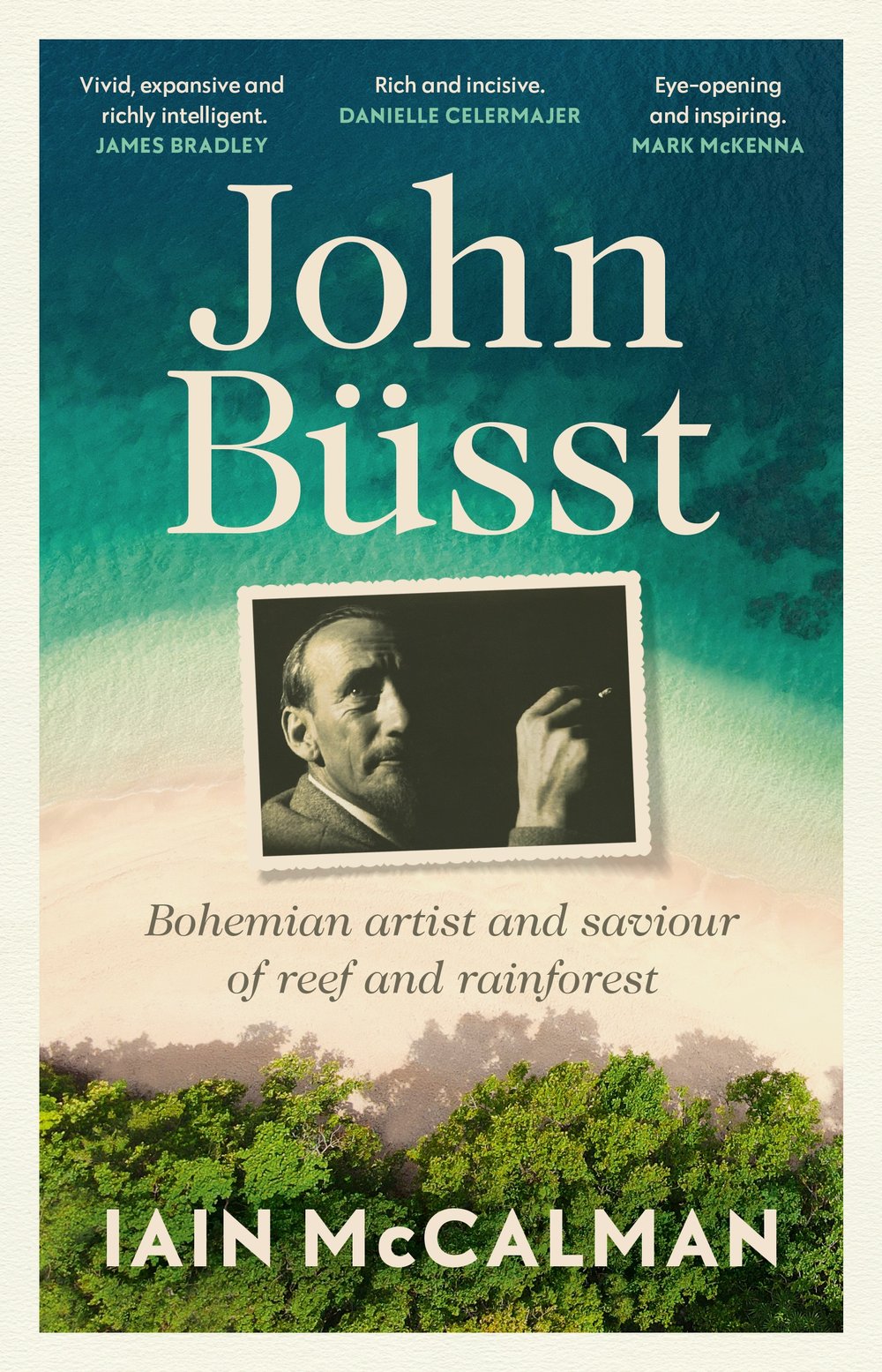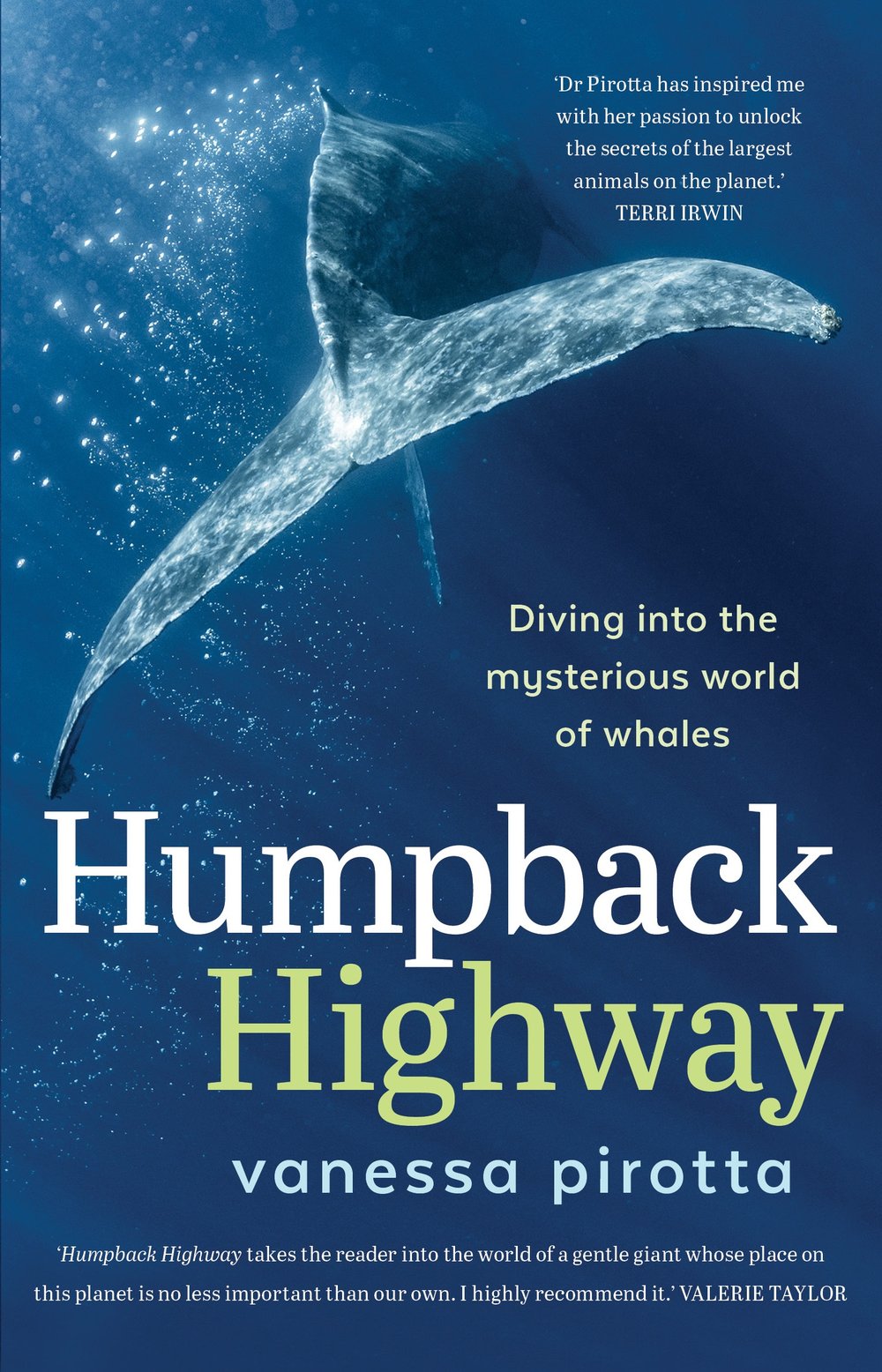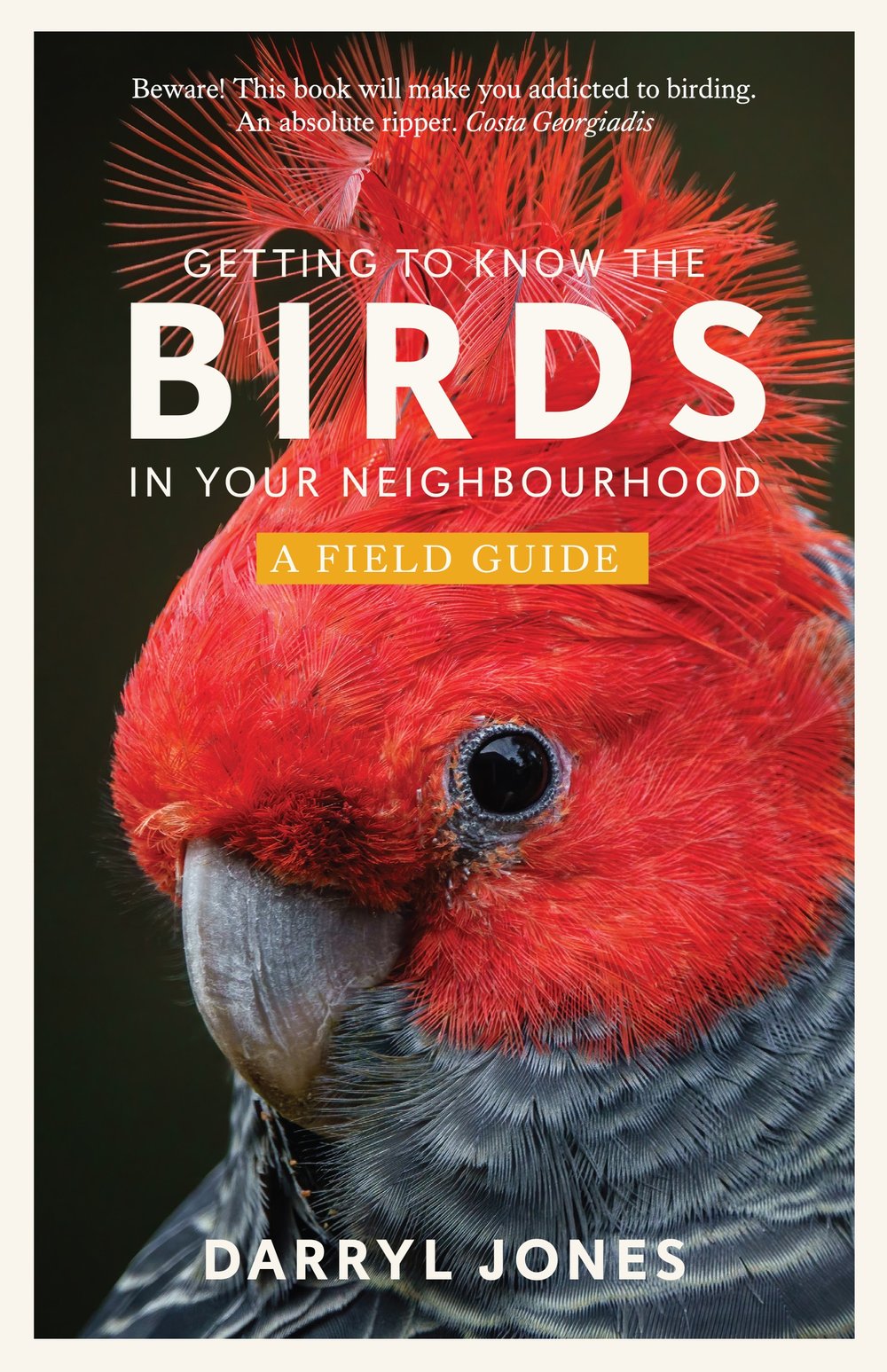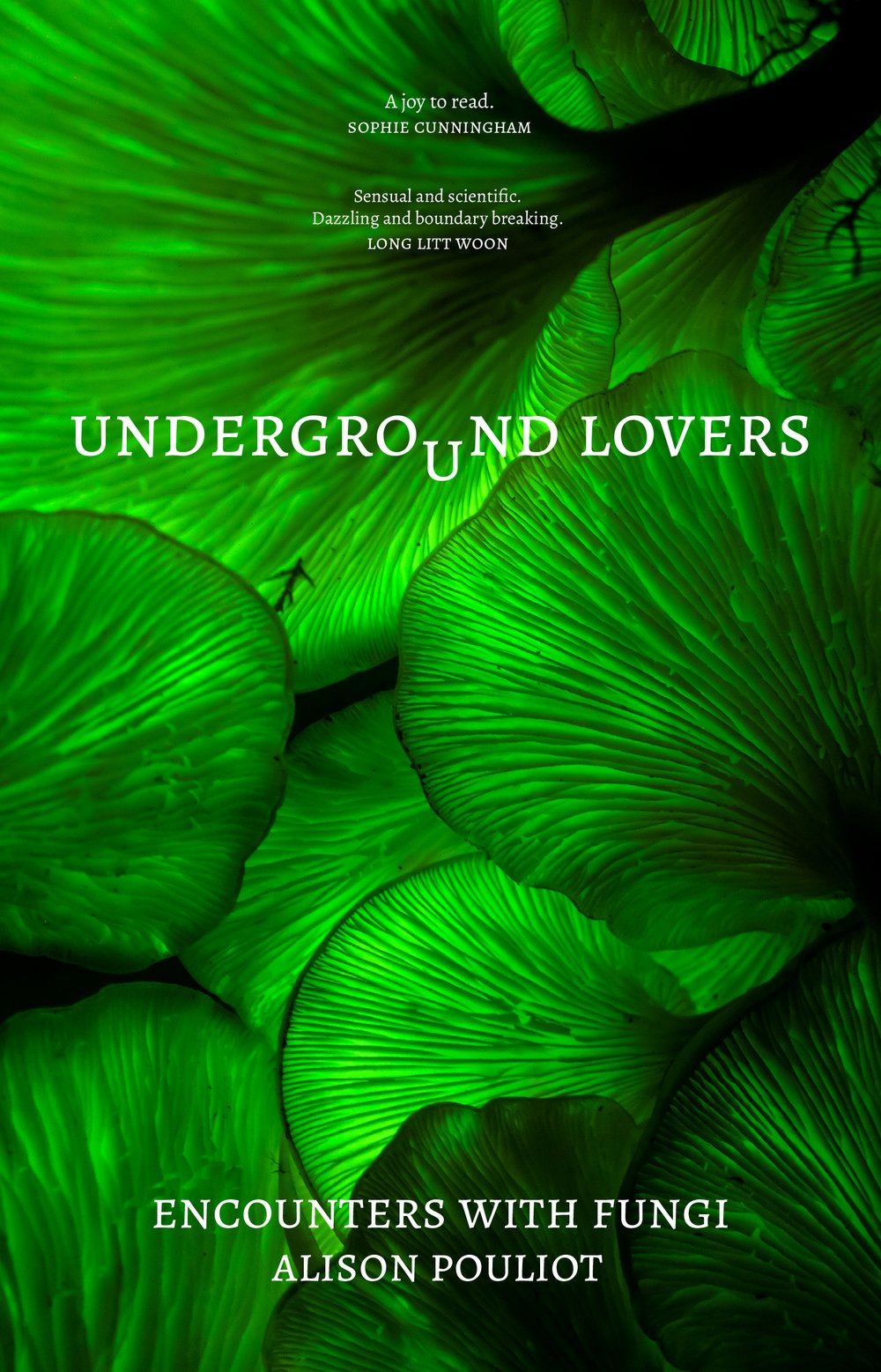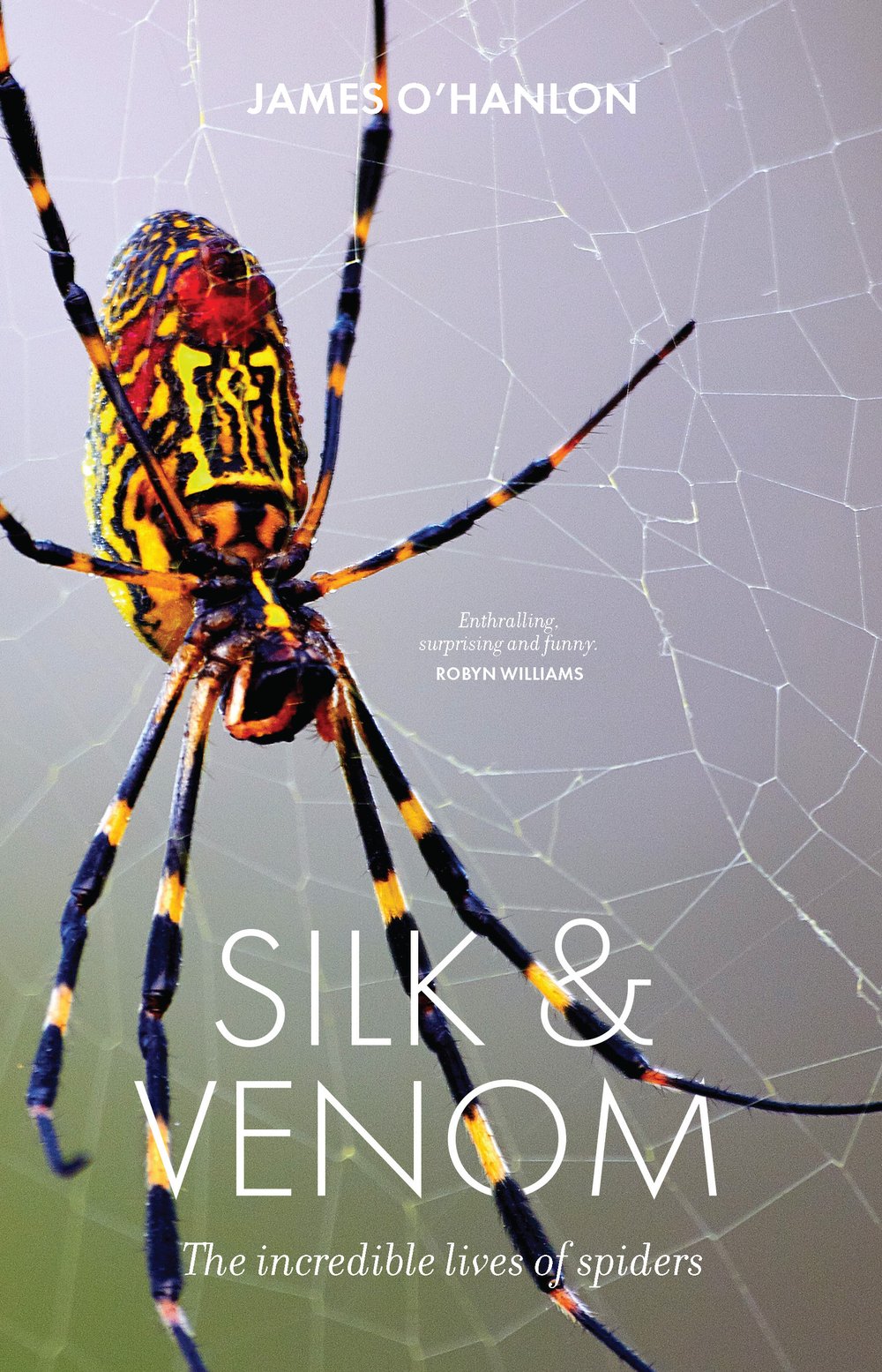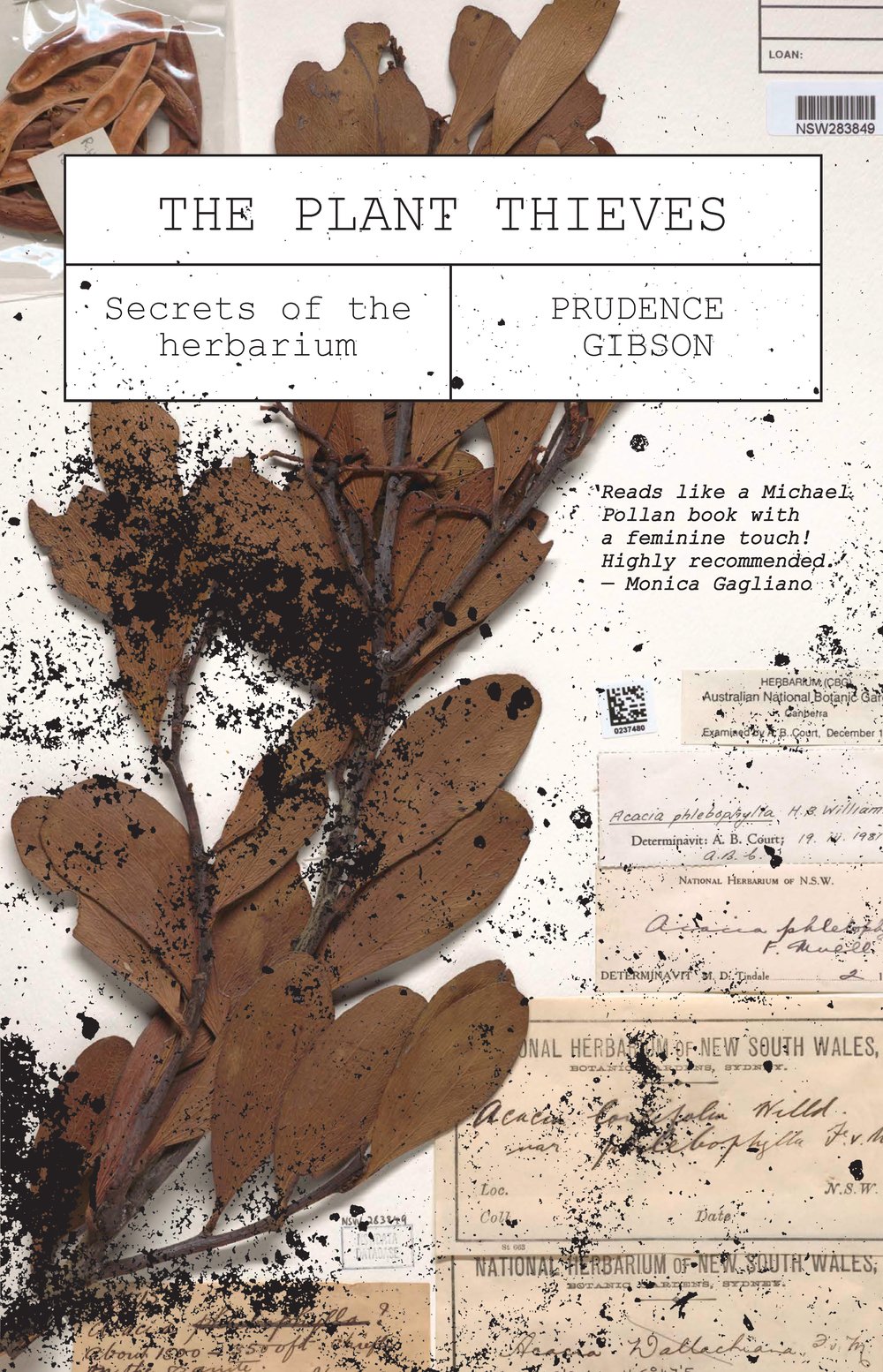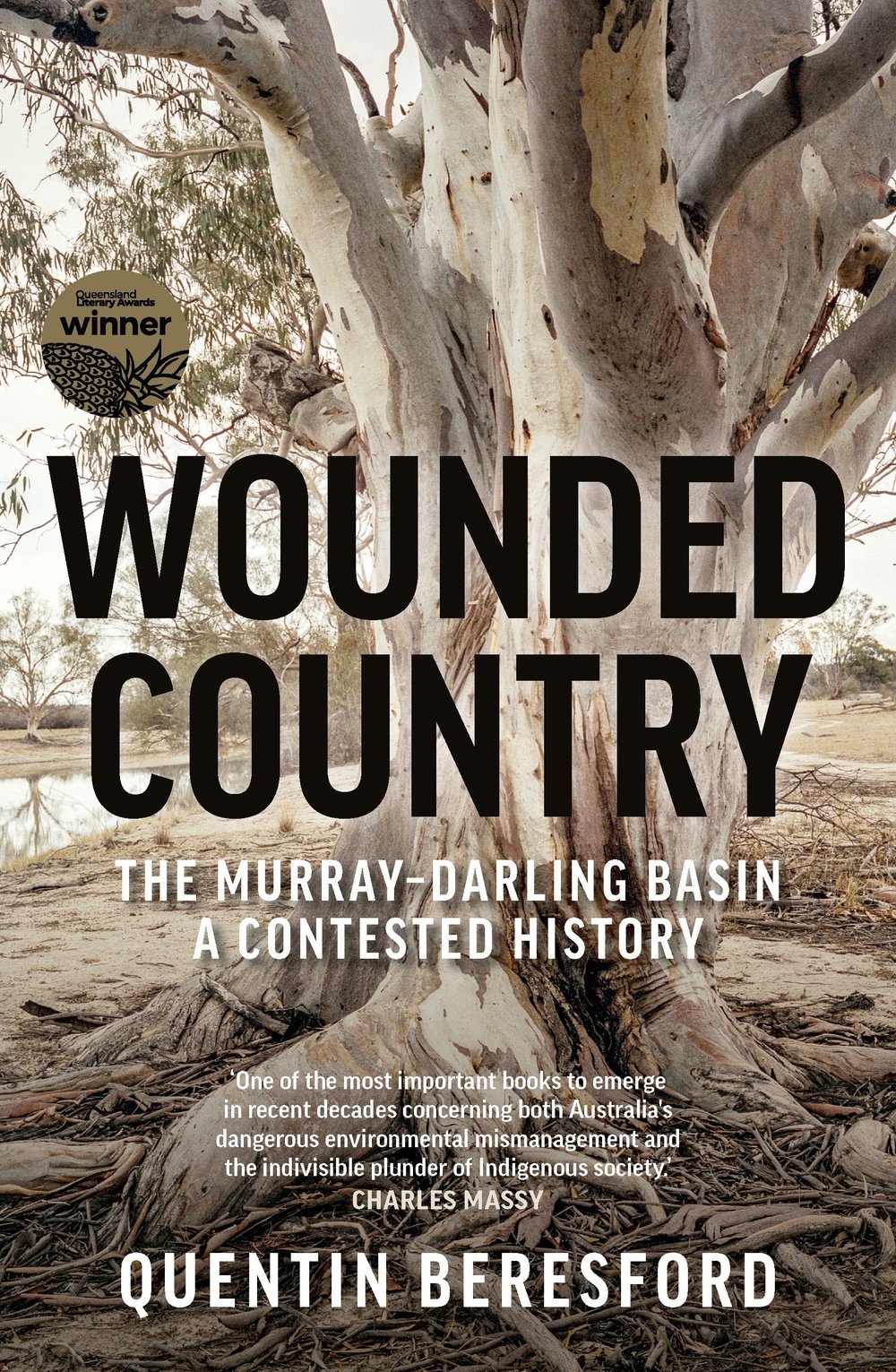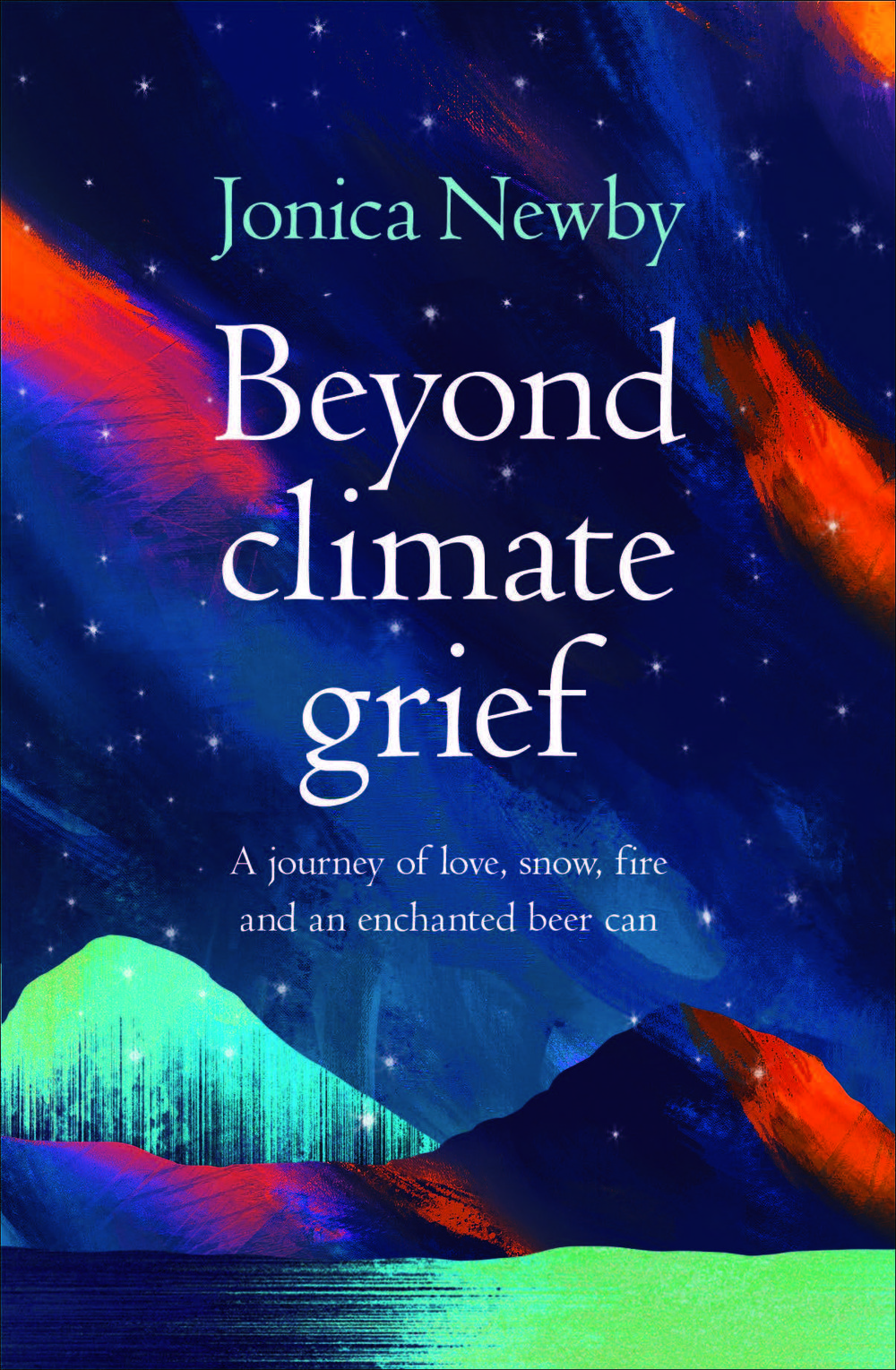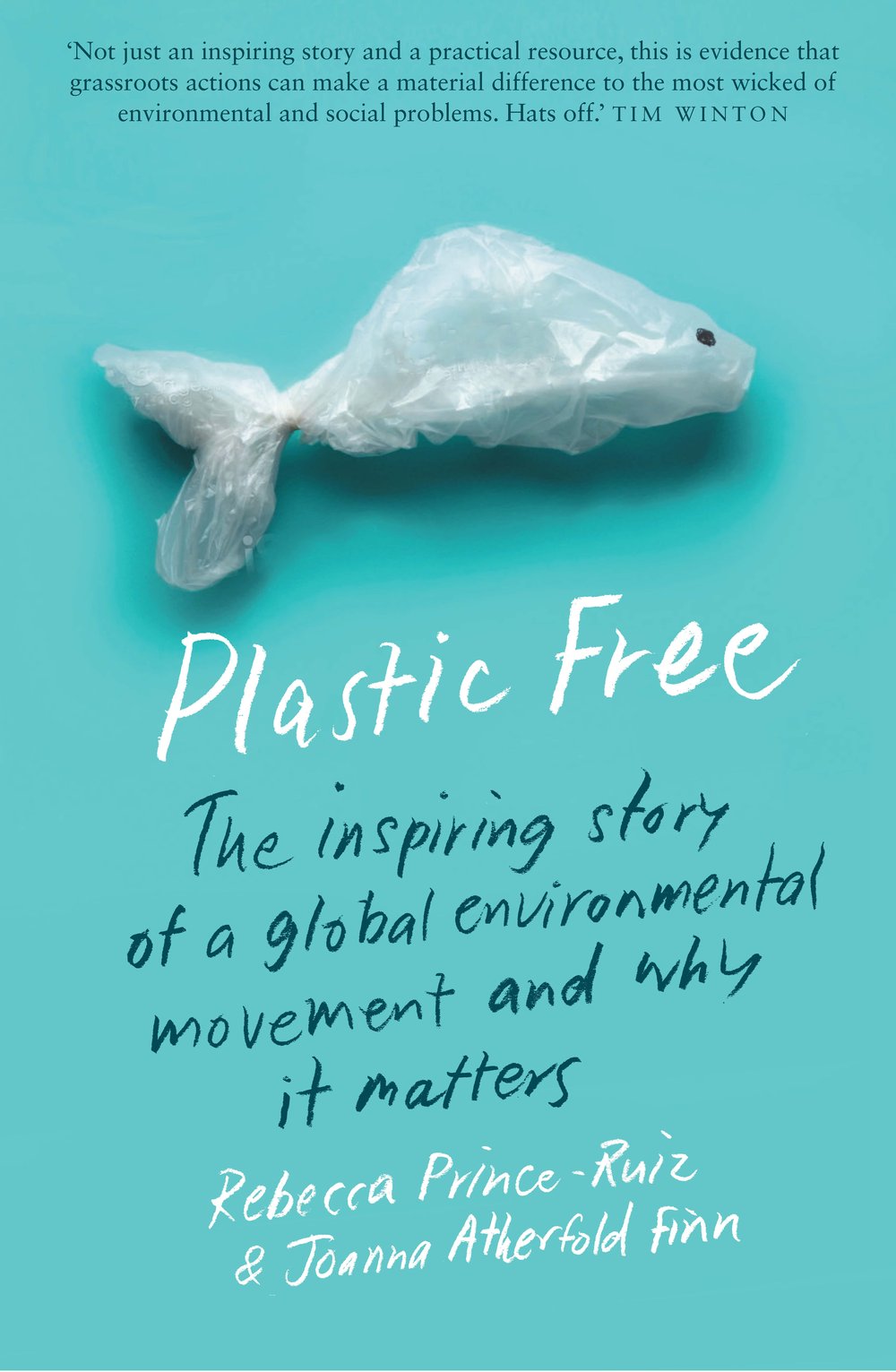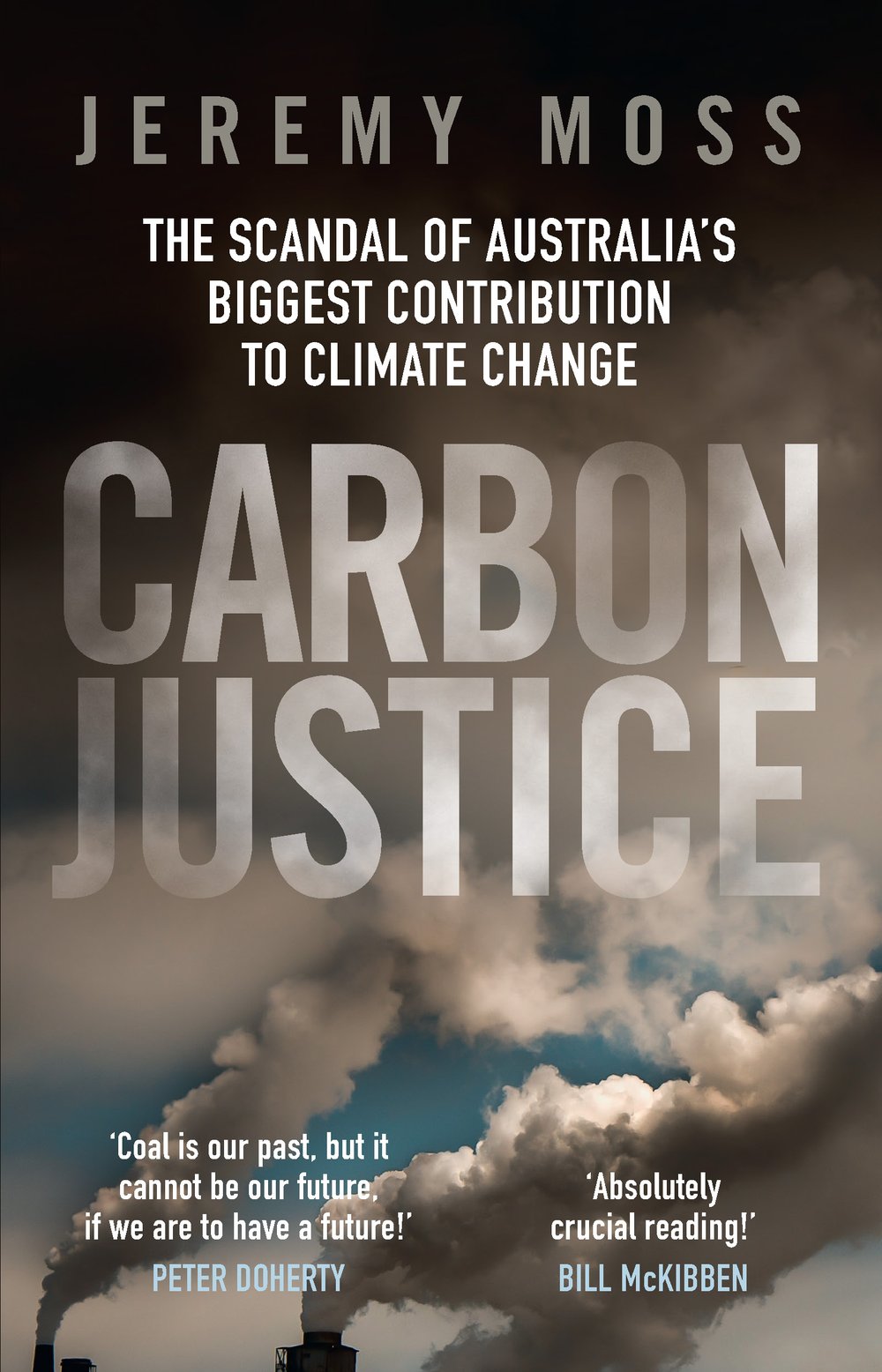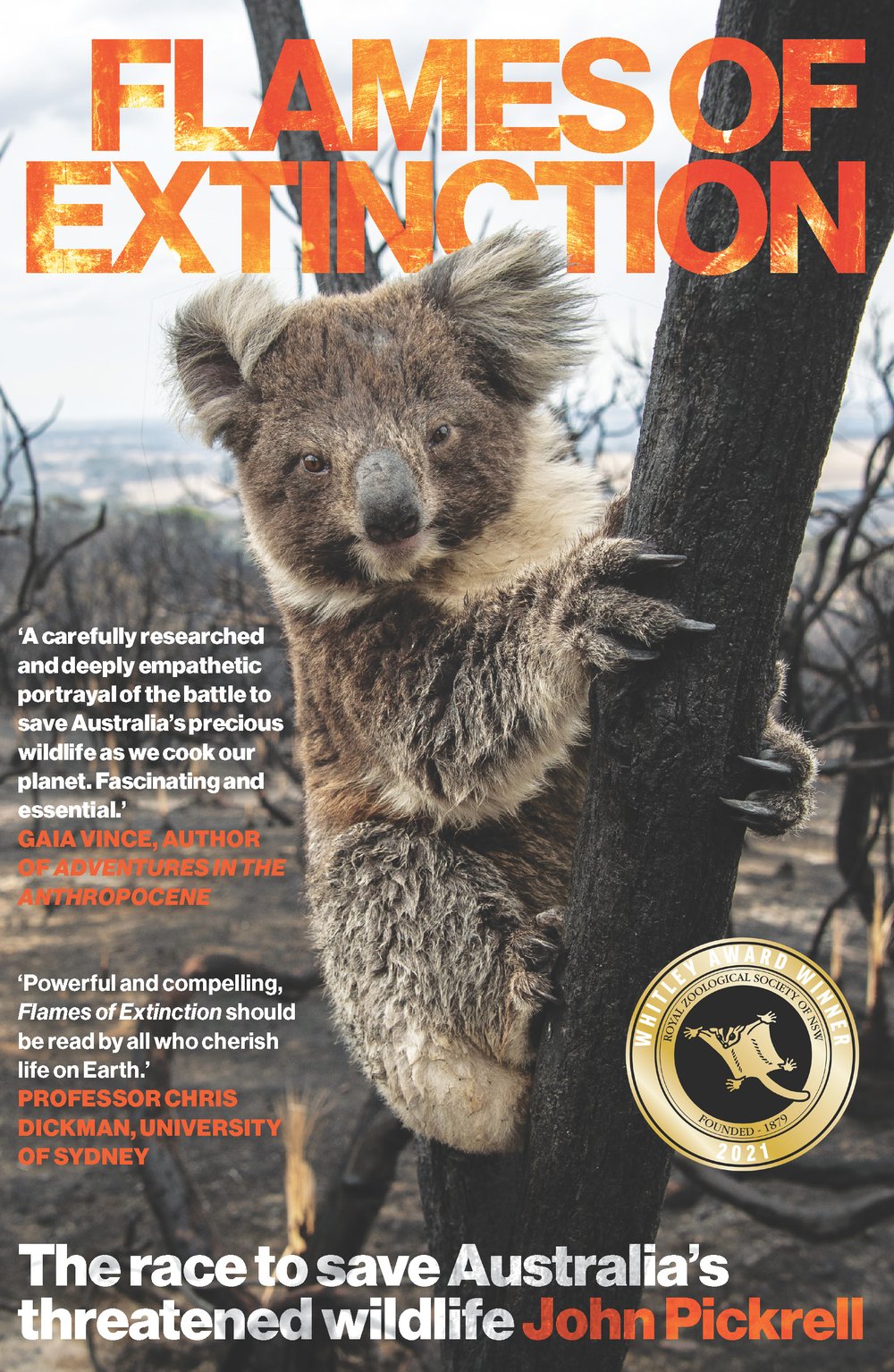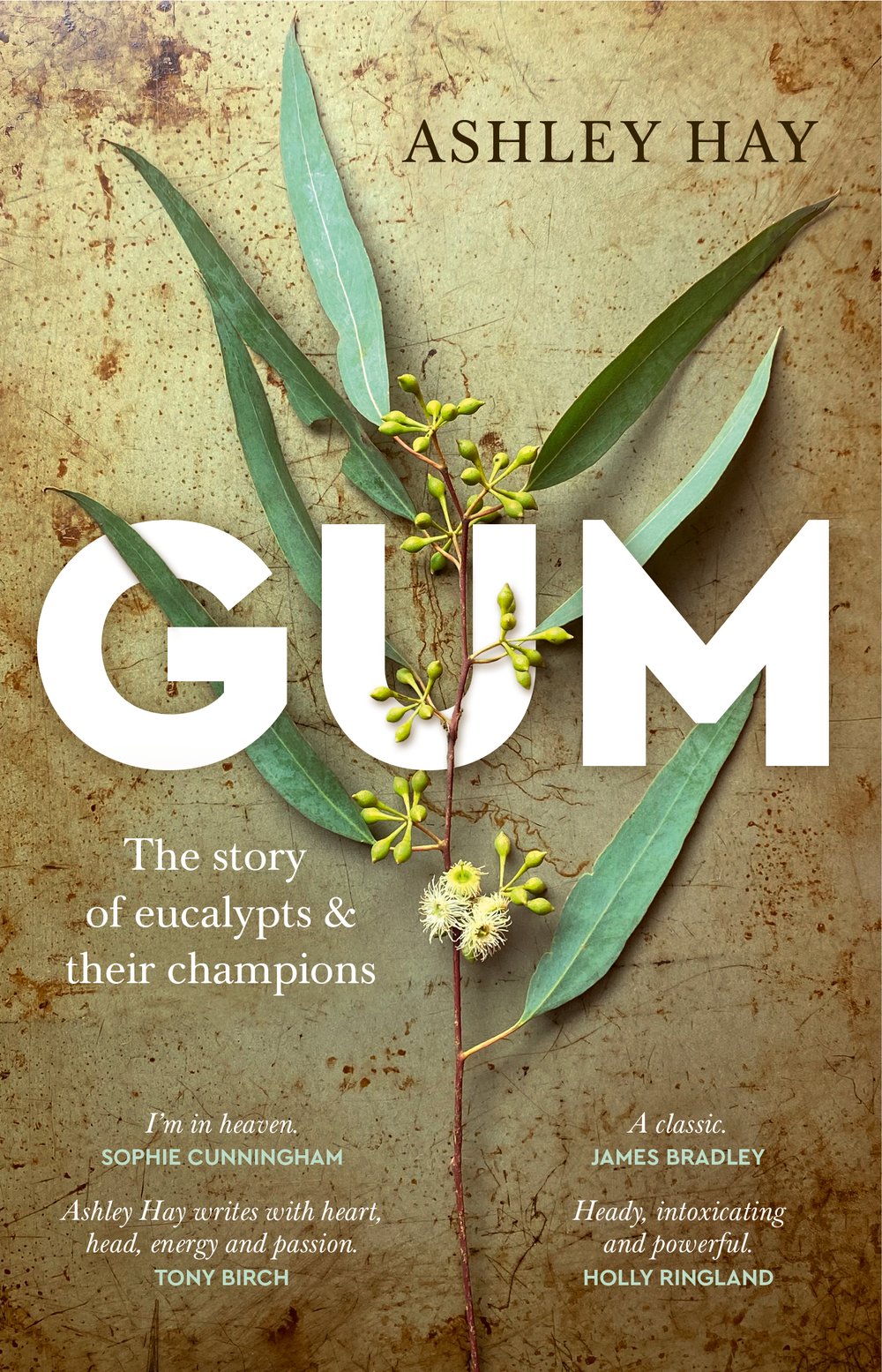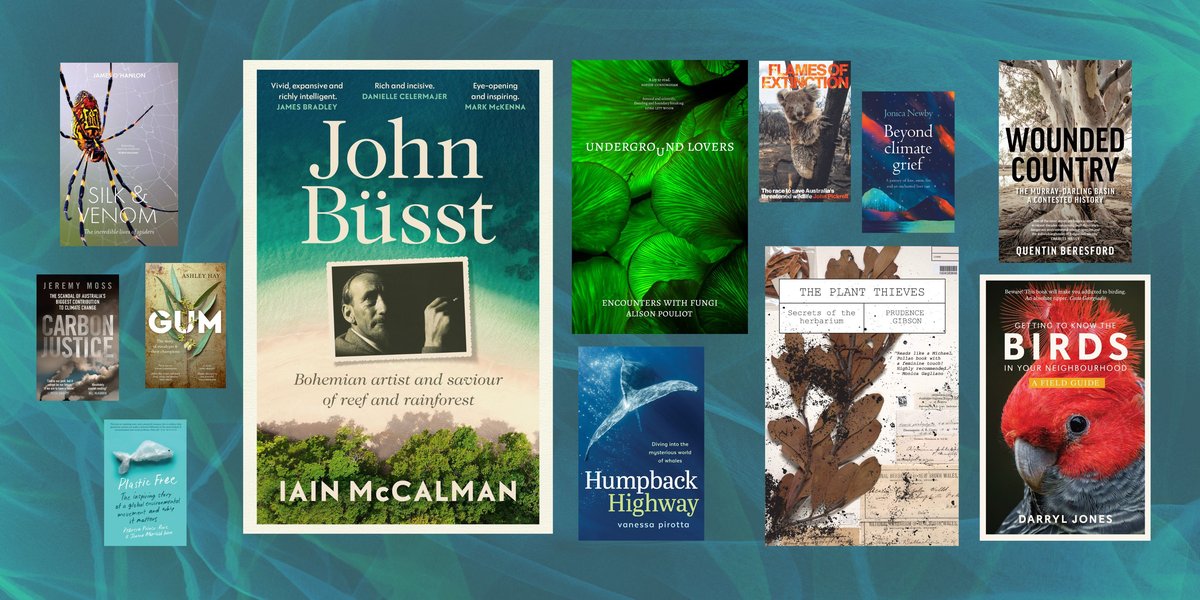
To mark this World Environment Day (5 June) we've put together a list to books that celebrate the environment and the conservationists who fight to protect it, as well as books that remind us of the work ahead and provide inspiration for the way forward.
John Büsst: Bohemian artist and saviour of reef and rainforest by Iain McCalman
In the 1960s and early 70s John Büsst, a Bendigo-born Melbourne bohemian artist, led campaigns to protect two of Australia’s most important and endangered environments — saving lowland rainforests from destruction and the Great Barrier Reef from reckless resource mining for oil, gas, cement and fertiliser. This inspiring biography, from award-winning historian Iain McCalman, is a timely reminder that the passionate commitment of ordinary citizens is crucial to achieving truly transformative environmental change.
Humpback Highway: Diving into the mysterious world of whales by Vanessa Pirotta
Acclaimed wildlife scientist Vanessa Pirotta has been mugged by whales, touched by a baby whale and covered in whale snot. In Humpback Highway, Pirotta dives beneath the surface to reveal the mysterious world of humpback whales — from their life cycle and the challenges humans present, to why whale snot and poo are important for us and the ocean. Whether you’re a whale lover or you’re simply curious about the underwater world, Humpback Highway will inspire and give you a new respect for these majestic, marine giants.
Getting to Know the Birds in Your Neighbourhood: A Field Guide by Darryl Jones
Getting to Know the Birds in Your Neighbourhood is the first complete beginners’ field guide to the birds you are most likely to see in the towns and cities of Australia. Much more than an identification tool, though, it opens the door to understanding the habits and behaviours of your suburb’s feathered locals.
Underground Lovers: Encounters with fungi by Alison Pouliot
Fungi offer a way to imagine life differently. In Underground Lovers Alison Pouliot reaches down to earth, and deeper, to dwell with fungal allies and aliens, discover how fungi hold forests together, and why humans are deeply entwined with these unruly renegades of the subterrain. Melding science and personal reflection, she explores the fungi that appear after fire, how fungi and climate change interact, the role of fungi in our ecosystems, and much more.
Silk & Venom: The incredible lives of spiders by James O'Hanlon
In Silk & Venom, James O’Hanlon takes us from his backyard to all corners of the globe (and even outer space!) to explore these fascinating creatures and show us why they’re not so scary after all. Clearing up spider myths and misconceptions, James O’Hanlon introduces readers to the beauty of their lives, including remarkable hunting techniques, the fascinating engineering of spider silk and the spiders that live in extremes — from underwater to the slopes of Mount Everest.
The Plant Thieves: Secrets of the herbarium by Prudence Gibson
In The Plant Thieves, Prudence Gibson explores the secrets of the National Herbarium of New South Wales and unearths remarkable stories of plant naming wars, rediscovered lost species, First Nations agriculture, illegal drug labs and psychoactive plant knowledge. This book is both a lament for lost and disappearing species and a celebration of being human, of wanting to collect things and of learning more about plant life and ourselves.
Wounded Country: The Murray–Darling Basin – a contested history by Quentin Beresford
In Wounded Country, award-winning author Quentin Beresford investigates the complex history of Australia’s largest and most important river system. Waves of farmers exploited the region’s potential, with little consideration for the environmental consequences. Dispossession and marginalisation denied local First Nations people their lands and European settlers the Indigenous cultural knowledge to manage the Basin sustainably. Instead, we’ve had ‘nation-building’ irrigation schemes and agricultural enterprises promoted by politicians focused on short-term profits and a development-at-all-costs approach. Expert advice and warnings about long-term environmental effects have been continually sidelined. We’re now at a point of reckoning. How can we save the once mighty Murray–Darling?
Beyond Climate Grief: A journey of love, snow, fire and an enchanted beer can by Jonica Newby
In this magical, often funny and deeply moving personal story, award-winning science reporter Jonica Newby explores how to navigate the emotional turmoil of climate change. Featuring illuminating conversations with singer–songwriter Missy Higgins, and comedians Charlie Pickering and Craig Reucassel, the wisdom of business leader Mike Cannon-Brookes, practical advice from psychological and scientific experts, and incredible accounts from everyday heroes, plus inspiring stories from the climate strike kids, Beyond Climate Grief provides guidance and emotional sustenance to help us face the uncertainties ahead.
Plastic Free: The Inspiring Story of a Global Environmental Movement and Why It Matters by Rebecca Prince-Ruiz and Joanna Atherfold Finn
'I'm going plastic free next month, who wants to join me?'
When Rebecca Prince-Ruiz asked her colleagues this question in 2011, she had no idea that less than a decade later it would inspire a global movement of 250 million people in 177 countries to reduce their plastic use. Plastic Free tells the incredible story of how a simple community initiative grew into one of the world's most successful environmental movements. It also shares tips from people around the world who have taken on the Plastic Free July challenge and significantly reduced their waste. Plastic Free is a book about positive change and reminds us that small actions can make a huge impact, one step – and piece of plastic – at a time.
Carbon Justice: The scandal of Australia’s biggest contribution to climate change by Jeremy Moss
It’s a shocking fact: the emissions produced annually from the fossil fuels extracted by Australia’s major gas, coal and oil producers – the likes of Glencore, BHP, Yancoal, Peabody, Chevron and Anglo American – and sold here and overseas are larger than the emissions of all 25 million Australians. Understanding the moral responsibility of Australia’s major carbon exporters is a crucial first step in determining how to fairly share the burdens of a climate transition. In Carbon Justice, leading political philosopher Jeremy Moss sets out an ethical framework to establish the cost of the harms of these major exporters and what we should do about it. What they do next will shape Australia’s response to climate change.
Flames of Extinction: The race to save Australia’s threatened wildlife by John Pickrell
In Flames of Extinction, award-winning science writer John Pickrell investigates the effects of the 2019–2020 bushfires on Australian wildlife and ecosystems. Journeying across the firegrounds, Pickrell explores the stories of creatures that escaped the flames, the wildlife workers who rescued them, and the conservationists, land managers, Aboriginal rangers, ecologists and firefighters on the frontline of the climate catastrophe. He also reveals the radical new conservation methods being trialled to save as many species as possible from the very precipice of extinction.
Gum: The story of eucalypts & their champions by Ashley Hay
Australia’s First Nations have long knowledge of the characters and abilities of the eucalypts. And as part of the disruption wrought by colonial Australia, botanists battled in a race to count, classify and characterise these complex species in their own system – a battle that has now spanned more than two hundred years. Gum: The story of eucalypts & their champions tells the stories of that battle and of some of the other eucalyptographers – the explorers, poets, painters, foresters, conservationists, scientists, engine drivers and many more who have been obsessed by these trees and who have sought to champion their powers, explore their potential and describe their future states. It is a powerful and lyrical exploration of these transformative and still transforming trees. It’s a story of unique landscapes, curious people, and very big ideas.

